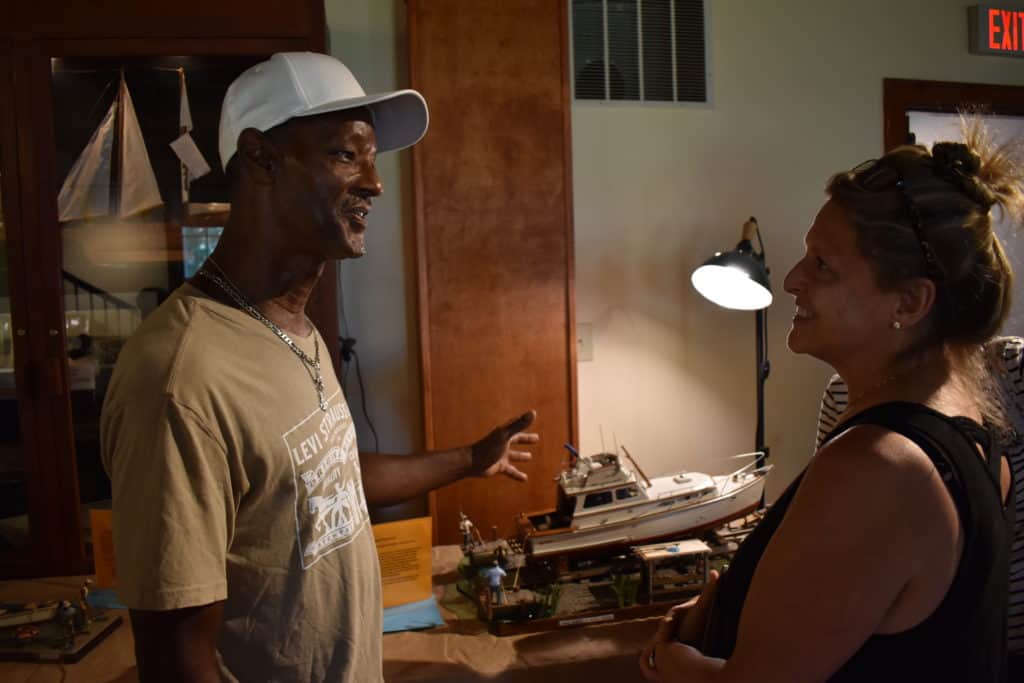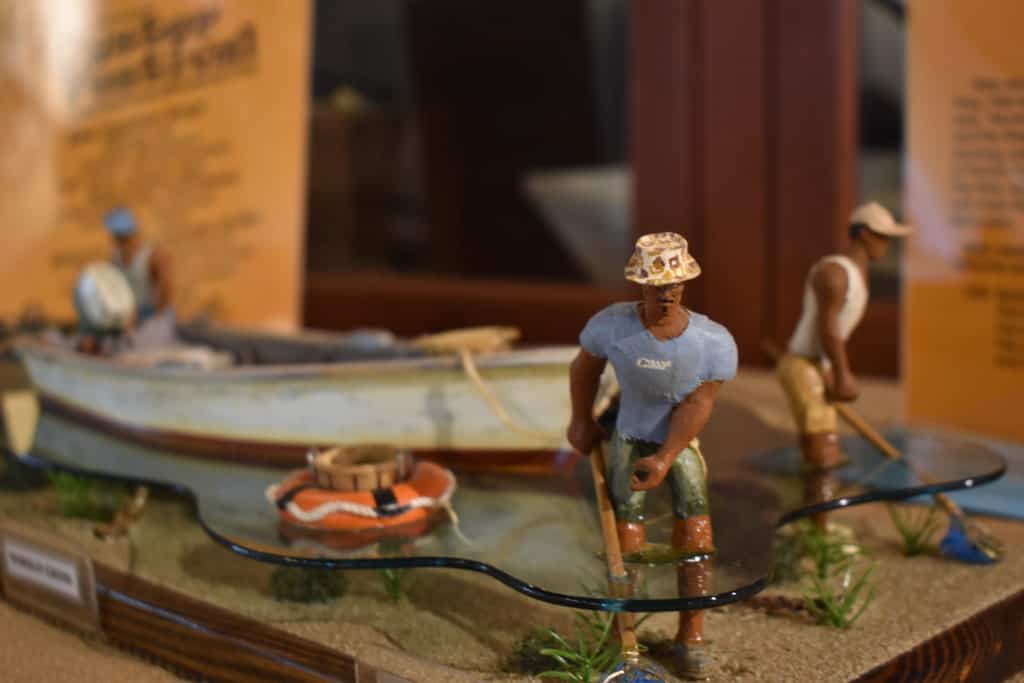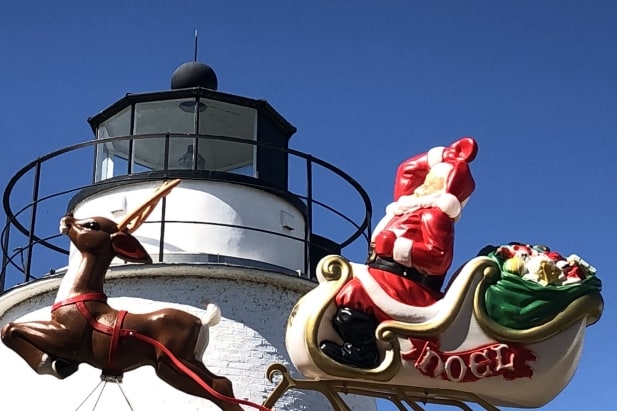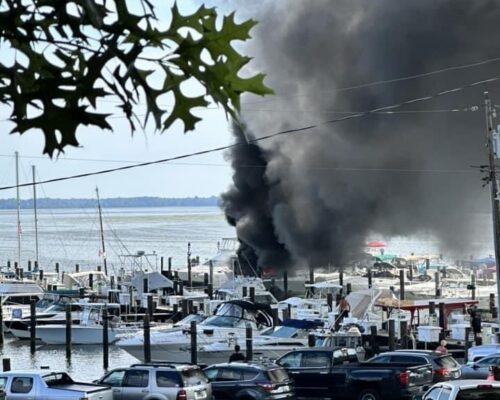Any visitor to the town of Shady Side on the West River looking for its full history ought to make their way to the recently-reopened Captain Avery Museum—where there are new things to see this year.
With about a year of down time due to COVID-19, the museum made renovations, centered their focus and opened back up to the public on Sunday. Within the first hour, their new and improved parking lot was reaching capacity as guests began piling in.
The opening featured a new exhibit for the model work of local artist Norman Gross. In Gross’s signature style, his scale-replicas of real boats (for both work and leisure) reflect the gradual changes in marine technology that emerged as his family made their living on the water. Each scene is populated by model characters, most of whom are Gross’ relatives.

Gross and his family were in attendance, excited to see each model together in one showcase. As he walked across the great room display, Gross was barraged with questions about his process, how long it takes to complete a model and just how he manages to get every board of the replica true to the real boat.
You didn’t miss everything if you skipped out on the grand reopening, however. Gross’ work will remain on display every Sunday from noon–4 p.m. through August 15.
In the past couple of years, the Captain Avery Museum has received updates to its philosophy and infrastructure in order to keep reaching the public. Signature events like Music on the Lawn in the spring and the Oyster Festival in the fall aren’t going anywhere, but smaller, more frequent events like live music, painting classes and yoga have found their way into the museum’s itinerary, said the Executive Director, Deborah Gangloff.
While Captain Avery Museum traditions will be upheld in their events, the overall mission of the museum has pivoted towards bringing visitors closer to the water, Gangloff said.
“What really needs to happen with any museum is you need to make what you’re conveying relevant to people’s lives today,” Gangloff said. “We have strived to make these people more human so that people can relate to them. [The Avery family] had fun, they had lots of children, people got married. They enjoyed the water as well as worked on it.”
With the new interior complete, guests will begin their journey in the Avery room, learning the backstory of the museum’s namesake: 19th-century waterman and businessman Captain Salem Avery. From there, the transition from “The Great Swamp” to what we now call Shady Side is documented in the 20th-century room.
To learn about our connection to the Bay in the 21st century, groups are taken outside to tour the museum’s rain gardens. Managed by Bill Mitchell of “The Minimalist Garden”, the museum utilizes a swath of native vegetation and well-planned swales to properly slow and filter the rainwater as it makes its way into the ground.
With this new layout, guests can experience the history and evolution of life on the Bay while linking back to its implications on our lives today, Gangloff said.
“We know people come to Annapolis that like historic preservation, but we want to let them know there’s things down here in South County that are worth a few minute’s ride down Route 2,” Gangloff said.
–Charlie Youngmann




